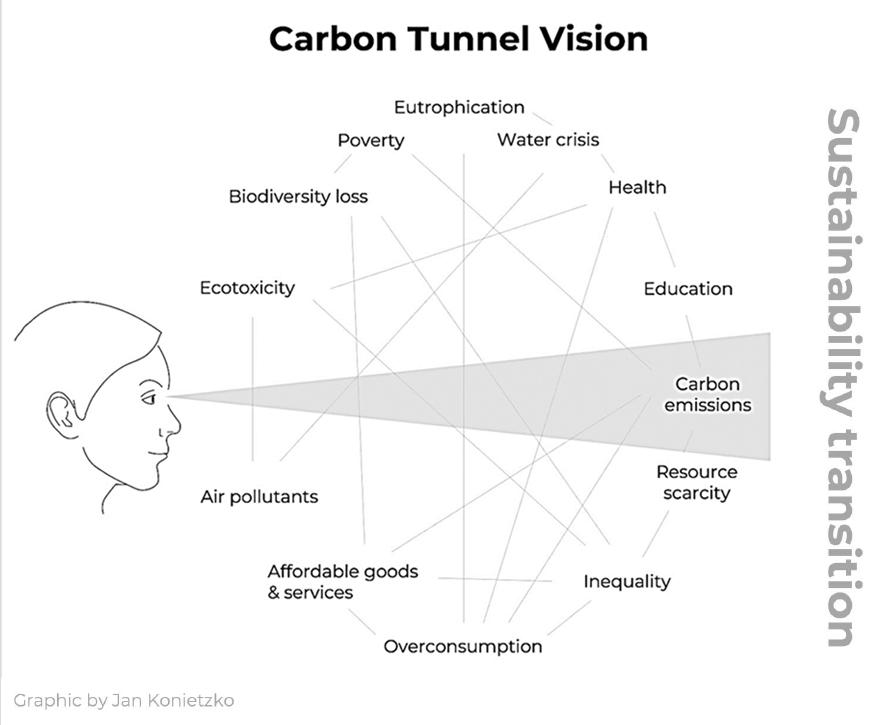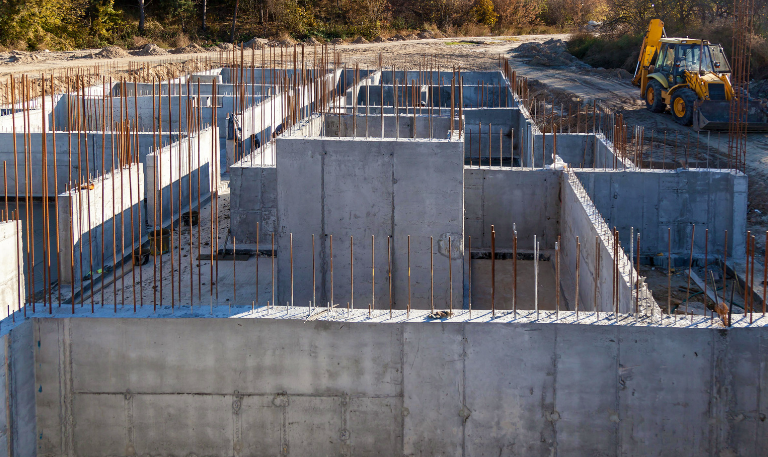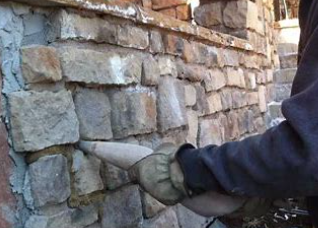Beyond Embodied Carbon: Carbon Uptake
Carbon Tunnel Vision
The focus on sustainability in the built environment has narrowed to focus on the embodied carbon of construction materials. This tunnel vision ignores other environmental impacts like nutrients (eutrophication), smog, acidification, endocrine disruptors, etc. Additionally the focus only on the cradle-to-gate phase of the environmental impacts ignores the use phase, the longevity of the structure, and ultimately the end-of-life. This is frequently referred to as cradle-to-grave or even better cradle-to-cradle.
This is particularly detrimental to concrete. Concrete is made up of 3 components: cement, aggregate, and water. Cement accounts for 90% of the carbon emissions. Cement is made by heating limestone (CaCO3) to make clinker (CaO) which releases CO2. However, as cement is made into concrete some of that CO2 is captured through carbonation. This process is carbon negative, capturing and sequestering emissions throughout its life. Accounting for this is important, and MIT has made a tool to do just that.

Whole Life Cycle Carbon Uptake Tool
Carbonation is a natural process of carbon uptake in concrete that has been estimated to offset up to 43% of calcination emissions that occur during cement production. But to integrate carbonation into carbon accounting practices, it’s essential to estimate it at a more granular level.
CSHub researcher Hessam AzariJafari has developed a state-of-the-art, material- and facility-specific calculator for carbon uptake in concrete that includes carbonation from the end-of-life stockpiling of recycled concrete aggregates (RCA). This tool can include the details of use-phase uptake and corresponding mix design components when estimating the end-of-life uptake. The calculator estimates carbon uptake through a variety of accessible inputs—including concrete mixture, location and exposure characteristics, and stockpiling conditions.
https://www.nature.com/articles/ngeo2840
Learn More
- EPD’s from Ernest Maier, Bay Ready Mix, and Parker Block manufactured products
- CarbonCure to sequester CO2 during the design phase
- Article on Sustainability and Resilience

VP of Business DevelopmentAaron Fisher
Latest News

4 Ways To Reinforce Concrete
Concrete is one of the most fundamental materials used in construction. If you’re working on a domestic project or a […]

The Environmental Benefits Of Using Ready-Mix Concrete
The construction industry is changing quickly to meet the growing demand for sustainability and eco-friendly practices. One of the most […]

6 Essential Tips For Grouting Stone Veneer
Grouting stone veneer is an important step in the installation process that can significantly impact the overall look and durability […]

Should You Fill Hollow Concrete Blocks?
Hollow concrete blocks are widely used in construction due to their strength, versatility, and lighter weight compared to solid blocks. […]
